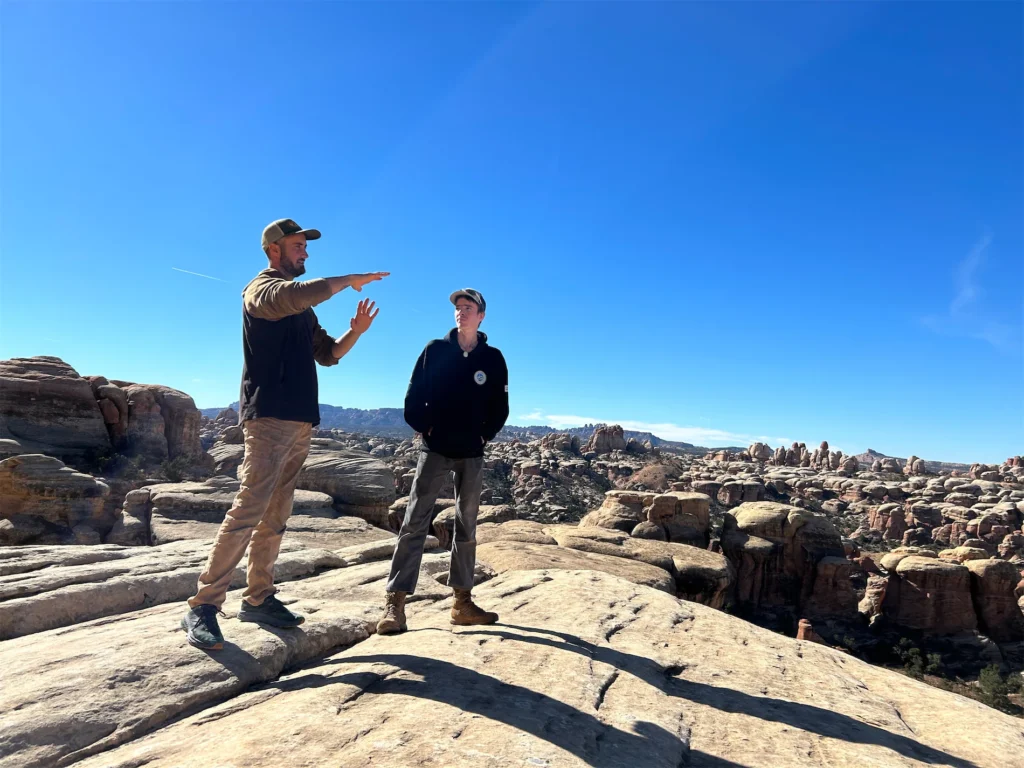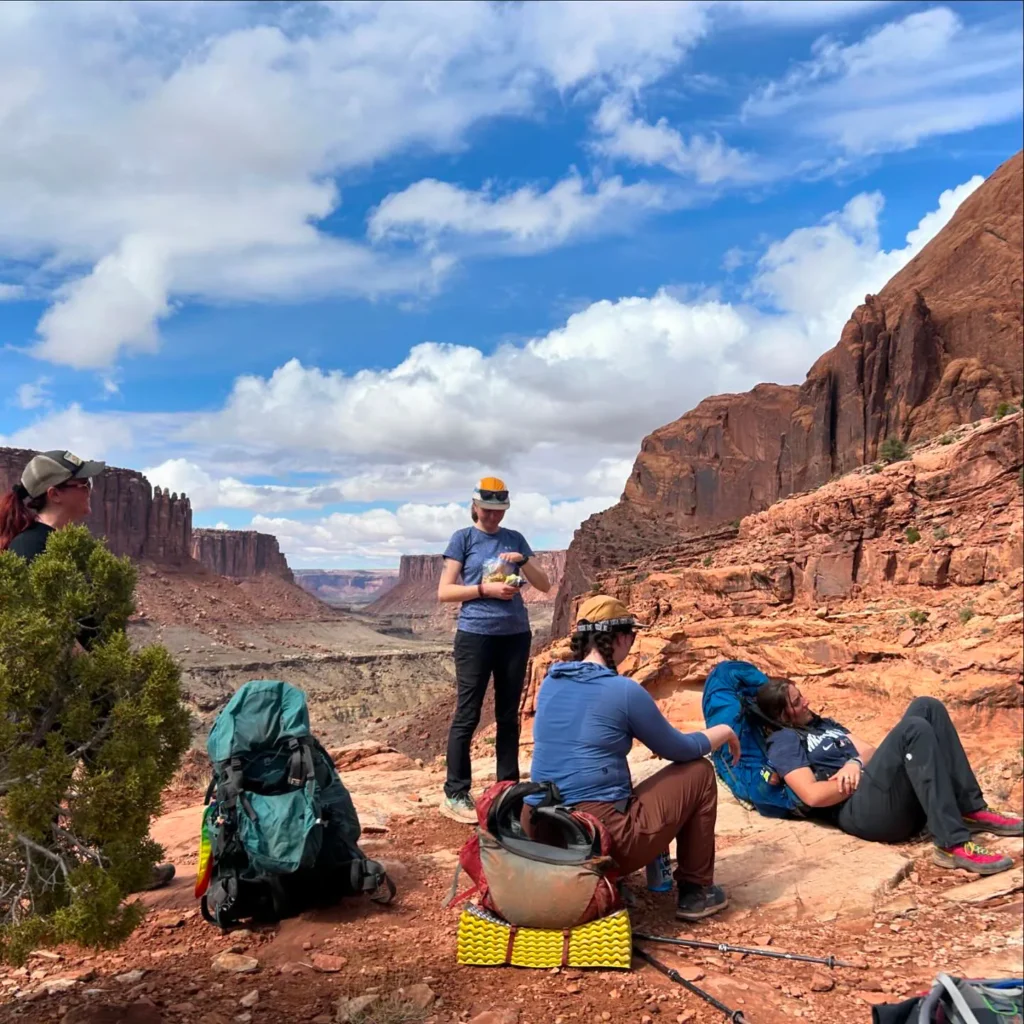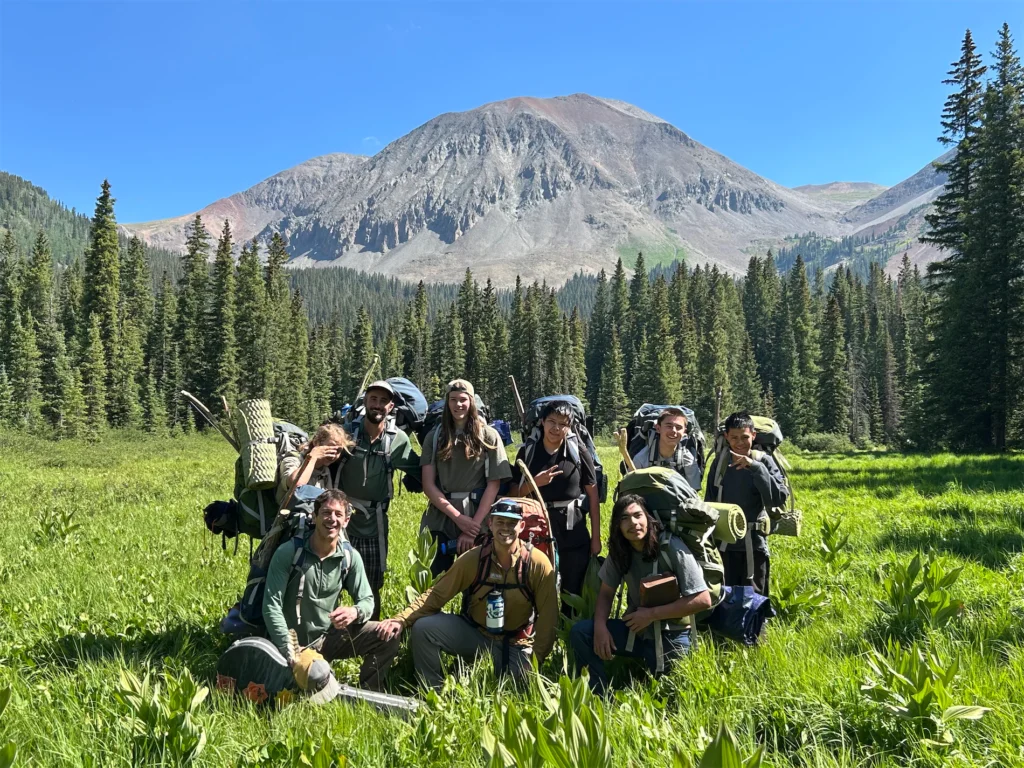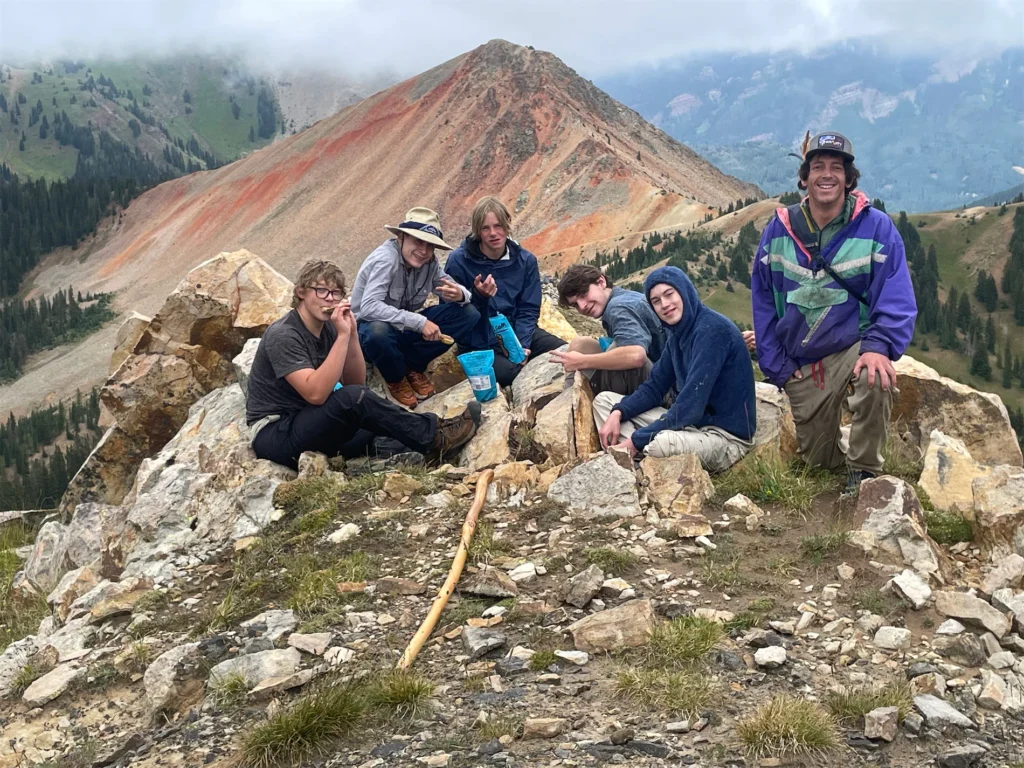By Chris “Deer” Ponzi, Lead LifeWays Guide
This is the third part in the article series, read part I and II in previous blog posts.
Note to Readers: these subjects are vast and complex, many books can and have been written on the subjects. These articles only hope to offer a taste of a greater conversation and are oriented towards male-identifying youth and adults.
Sophie Strand, poet-writer of The Flowering Wand: Rewilding the Sacred Masculine, writes that “the masculine hadn’t always been conflated with the violence of hierarchy and domination. Long before the sword-wielding heroes of legend readily cut down forests, slaughtered the old deities, and vanquished their enemies, there were playful gods, animal-headed kings, mischievous lovers, vegetal magicians, trickster harpists, and riddling bards. These archetypes of ancient masculinities are mirrored by contemporary discoveries in biology, genetics, ecology, and quantum physics” (1).
“Archetypes” are now a fairly common concept in our cultural consciousness. While their study is deep and infinite, many of us understand that there exist patterns of primordial energies surging throughout the human and more-than-human world. By acknowledging and accessing these energies through diverse forms of embodiment, we can grow into greater wholeness as individuals and as a collective. Yet most of our education on archetypes is sourced from and limited to the Greek-Roman pantheons, and perhaps a small smattering of other cultural deities dancing on the outskirts. Many of these male gods and figures we revere, particularly those hyper-popularized as stars of major movies (think Thor, Loki, Odin, Hercules, etc.) tend to be hyper-masculine in nature: big burly-bearded dudes that call down thunder to destroy a hundred bad guys in a single blast. While many of these qualities are important for the male-identifying, they are extremely narrow in focus, in part because we are only drawing from a very small well of inspiration.
There are considered only a dozen or so primary deities in the Greek-Roman Pantheon. Many nature-based ancestral cultures, however, like the ancient Mayans, Celts, and Polynesians–to name an embarrassing few–have hundreds of gods and goddesses; ancient Sumeria may have had up to several thousand, and some scholars suggest Hinduism may have literally millions of deities to draw from.
Why is this important?
Because so many males in our culture, young and old, are drinking from a very shallow archetypal well, slurping up monocultures of psycho-spiritual sustenance that isn’t even moistening the cracks of their potential. Particularly problematic in this archetypal absence are essential qualities of earth-loving wildness.
First and foremost, we at LifeWays are lovers of Nature. While we draw from a variety of masculine-centered archetypes in our offerings (such as in our Wild Heart Warrior Weekends and mentorship), we bow to Earth’s wisdom and beauty in all of them. We cannot conceive of a healthy masculine without a deep reverence for and mycelial-like entanglement with the multi-gendered earth. In this vein, we seek to learn from and embody lesser known Nature-centric archetypes such as the Green Man, The Wild Man, Dionysus, Osiris, and Orpheus (to name but a few).
Let us speak a little about Dionysus. Dionysus is a Greek and pre-Greek god that was integrated into the Roman pantheon (renamed Bacchus) and is most associated with wildness, animals, femininity, androgyny, dance, song, mead and fertility. You often see him/they depicted with their thyrsus–a wand said to be made of fennel stalk, topped with a pine cone–and wearing a crown of ivy or grape leaves. They are either fresh-faced or bearded, usually accompanied–or even riding atop–wild animals such as leopards or lions. They are arguably a proto-archetype for future figures such as the Green Man or Wild Man found in the British Isles and across western Europe (many old scottish churches I have visited are still carved with the bearded Green Man over their doors or archways, a testament to their nature-based ancestry). Sophie writes that Dionysus is “a man who can dance with plants and honor beasts, a man who can be a woman and an androgen and an animal, is more than a gender. He is a celebration. A hive of humming bees. A secret network of fungus ready to erupt as the air moistens. A murmuration of birds. A cluster of grapes. A throng of singing women. A magician” (2).
Unlike the storm-wielding sky gods such as the popularized Nordic warrior-god Thor, who fly in as a lone hero to destroy, Dionysus dances into land or city gate with wild animals and the feminine, helping to stoke fertility, knowledge of plants, and reciprocal relationship with all beings. His presence speaks to the deep mutuality of human and soil; those who walk on two legs and those who walk on four; those who fly, swim, slither and crawl. He harkens to the days not too distant when nearly all humans were firmly embedded in the firmament of fungus and fertility. He sings of the days we watched the moon to plant our crops and sail our ships upon black seas. He plays music with Orpheus, calling the wild ones to dance with us in circles of reverential relationship; he is as much about the growth of life as the essential composting of death.
In order to cultivate, reclaim, and embody the vitality of our unique full-spectrum masculinity, we must embrace and explore these ancient nature-based archetypes. Without them, we modern western men have been divorced from our emotions and our fecund connection to femininity. Without this connection, our vitality gets usurped towards destruction–of ourselves and others. These archetypes are admittedly edgy for many, believe me I know, but my own experience of working with them shows that they are powerful agents of alchemical transformation for human as well as ecological health.
“What does it mean when men stop trusting plants and their own intuition? Worse, what does it mean when men stop trusting other men with their spiritual questions and visions? What would it look like for men to ask plants, fungi, flowers, and landscapes for wisdom about how to deal with the oncoming climate collapse? And how powerful would it be if our brothers didn’t laugh at us? What if dreaming of plants wasn’t just a passing fantasy but a mystical, masculine birthright (3)?”
Let us begin to dream again with the wild, and let us share those dreams with other men. For when men begin to dream again with Earth, together, we will all grow richer.
Thank you,
Deer, Chris, and Brian
(Source from Sophie Strand: The Flowering Wand, Rewilding the Sacred Masculine)
Get into nature-based archetypes of men and maybe some science.
Work with a LifeWays Guide Mentor, visit here.
Join a Wild Heart Warrior Weekend
- Mathew Fox, The Hidden Spirituality of Men. (pg. 78)
- Joseph Campell, Hero With A Thousand Faces.
- Article in The Scientific American:https://www.scientificamerican.com/article/is-the-alpha-wolf-idea-a-myth/#:~:text=But%20it%20turns%20out%20that,duels%20for%20supremacy%20are%20rare.
Photo credit goes to Felipe Tapia Nordenflycht (@Felipesh) and captures students and guides meditating during one of our backpacking courses in the San Juan National Forest






